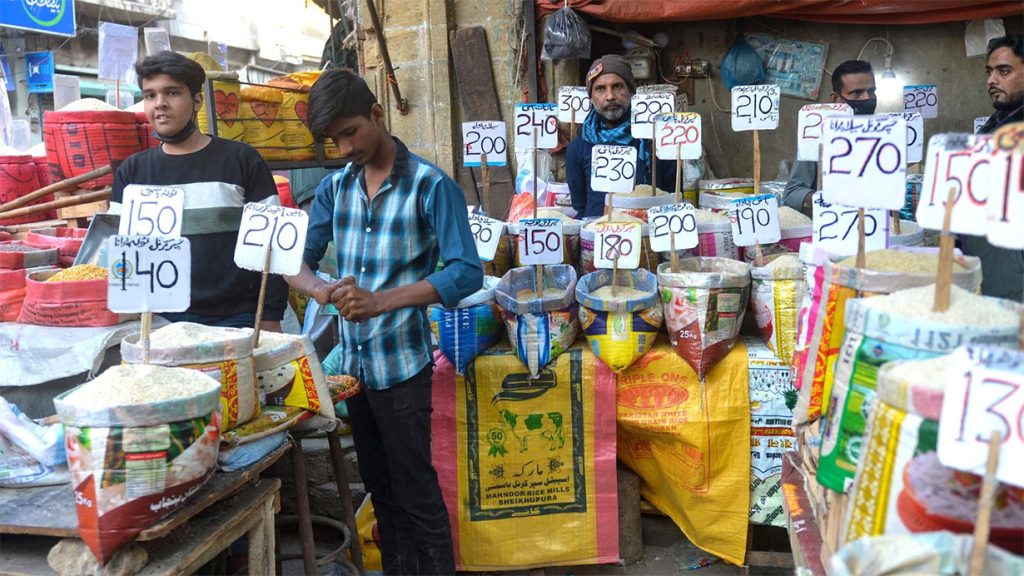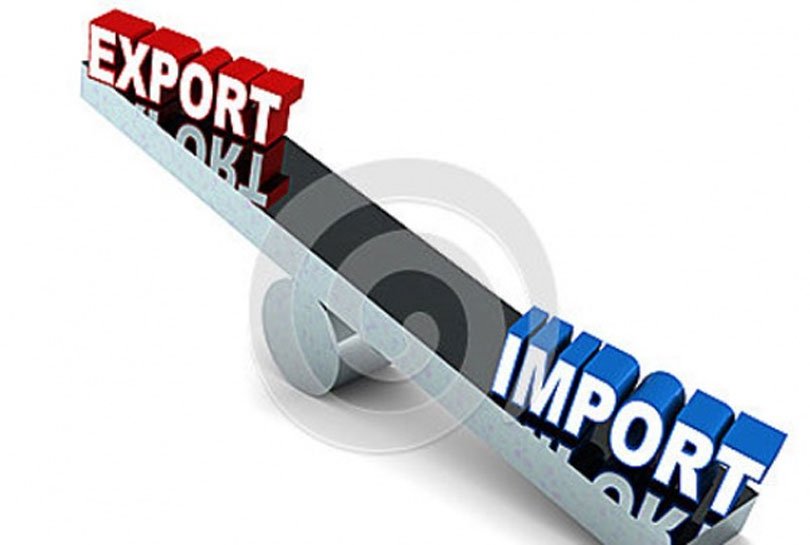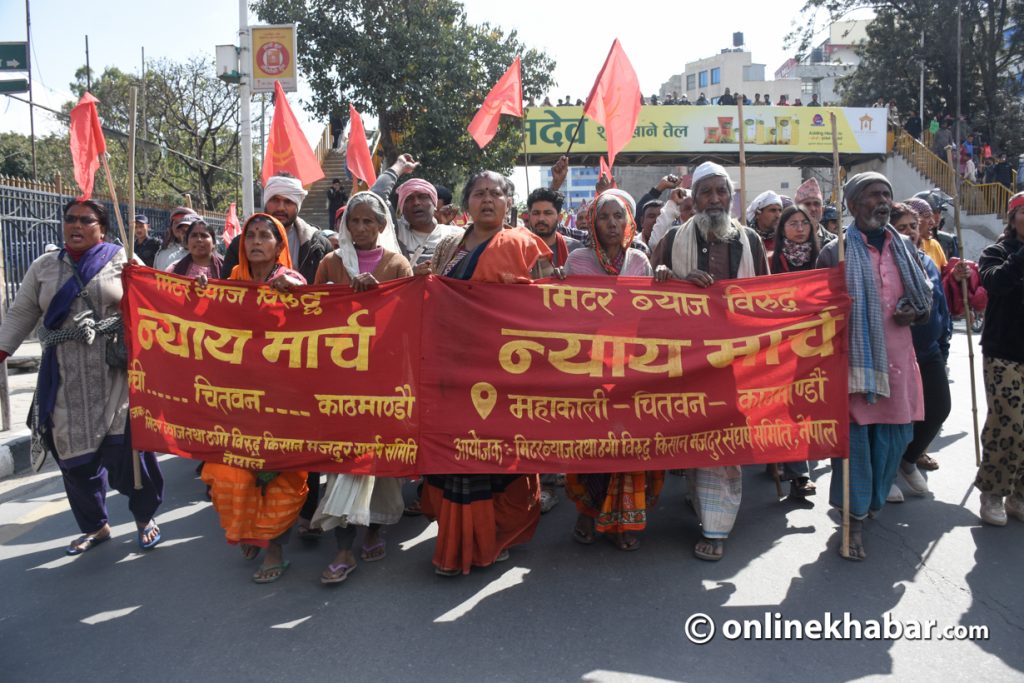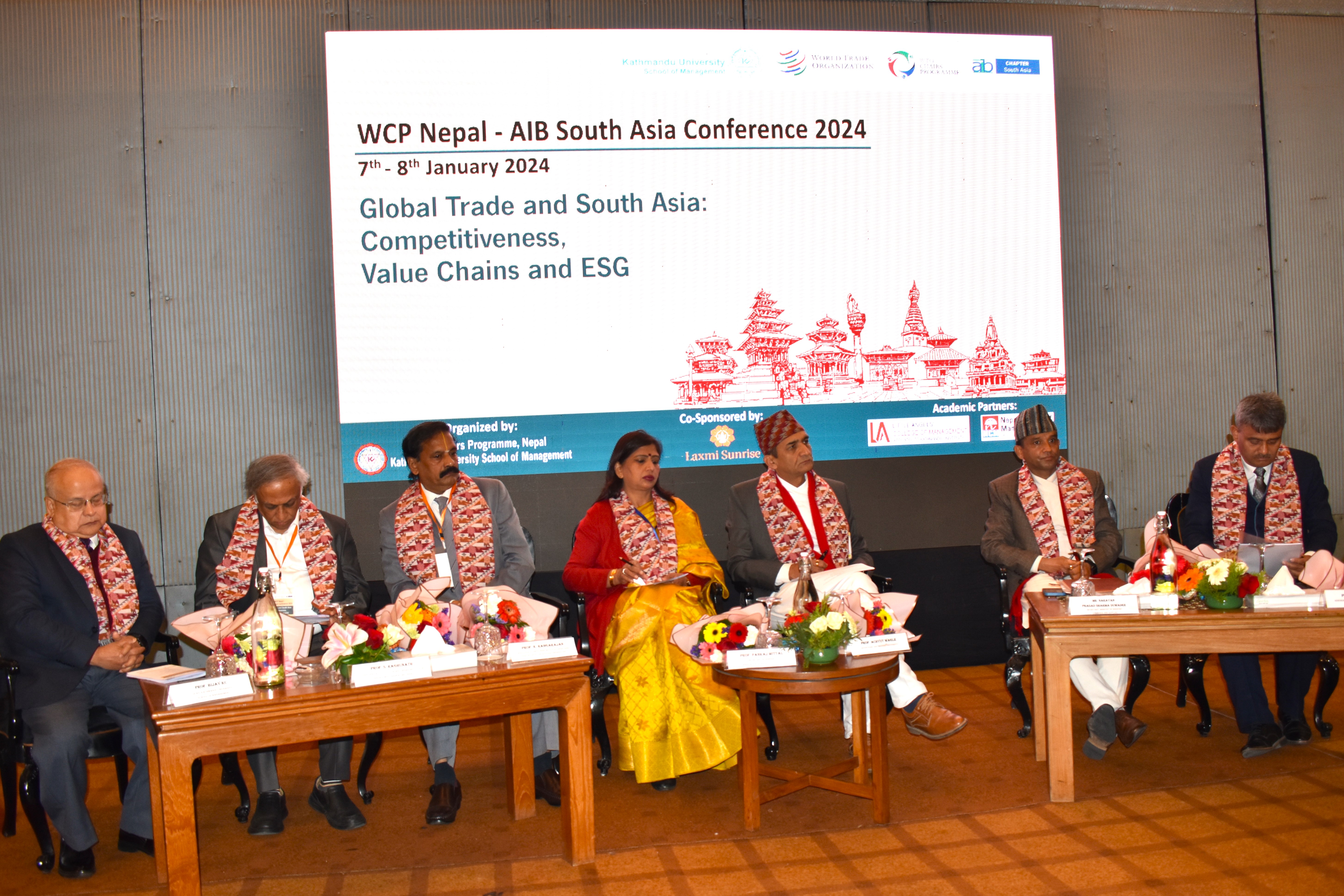
Surrounded by political instability, Pakistan is now facing financial problems. According to economists, what brought the Pakistan economic crisis are climate change, the Covid pandemic, the ongoing war in Ukraine, and the global economic recession. However, they say the main reason is internal political instability.
As the world is heading towards a big recession, there is a growing fear that similar financial problems will also be seen in Nepal. Nepal Rastra Bank (NRB) Governor Maha Prasad Adhikari also senses it and says Nepal needs to be protected from the effects of the recession.
Nepali industrialists and businesspeople are protesting on the street citing the high-interest rate and tight economic and monetary policy. At the same time, high-interest rates helped pile up investments in the banks, and then the interest rate started to decrease. However, due to the NRB’s policy, the loan interest rate is less likely to bounce back immediately.
The ban imposed on the import of some luxury goods for seven months was lifted on December 15, 2022. After 13 months, on January 10, the NRB also removed the provision of a cash margin. After the formation of the new government on December 25, 2022, the national bank also relaxed the implementation of working capital loan guidelines.
In this situation, given the rising Pakistan economic crisis, experts and stakeholders say if the policies are not implemented to protect the economy, the situation can become problematic anytime here in Nepal also.
The crux of the crisis

On January 26, in Pakistan, the rate of one US dollar increased to 255 Pakistani rupees from 225, which was a new record for the devaluation of the rupee in a single day. On January 30, one dollar was valued at 269.63 Pakistani rupees. As the Pakistan economic crisis deepens, the currency has depreciated by 16.02 per cent since January 2023 compared to the dollar.
As long as foreign exchange reserves remain low, the Pakistani rupee is sure to remain under pressure. Pakistan’s foreign exchange reserves have also dropped to 3.7 billion dollars at this very time. As of now, only about three weeks of foreign exchange reserves are left to cover the country’s imports. If this reserve is not increased immediately, imports of essential commodities including food and fuel will be affected along with the shutting down of factories.
Pakistan’s annual inflation rate is above 24 per cent. In the last 10 months, the purchasing power of Pakistanis has decreased by almost 30 per cent. This shows how bad the Pakistan economic crisis is now; its negative impact has already begun to emerge in the market and the ports.
Pakistan spends a lot on health and social security programmes. Currently, the Pakistani finance sector is under stress due to the decline in revenue. To finance the rising expenses domestically and abroad, the country needs to bear a large debt. As the crisis deepens, it will greatly impact about 230 million Pakistanis.
The Islamabad government has appealed to the International Monetary Fund (IMF) to resolve the Pakistan economic crisis. Therefore, all eyes are on the IMF mission, which is to visit Islamabad on February 7 to examine the policies and policies adopted by the country and stabilise the domestic and external sectors of the economy.
Many people hope the Pakistan economic crisis will end after taking a bailout.
Lessons for Nepal

Like Pakistan, Nepal has its own financial problems. It suffered a trade deficit of Rs 488 million with Pakistan in the last fiscal year 2021/22 with the import of goods worth Rs 600 million and export worth Rs 11 million. In this fiscal year, Nepal has been able to import goods worth Rs 239.6 million rupees from there and export goods worth Rs 378 million. This means that both Nepal and Pakistan have not been able to increase their exports or domestic production.
Economist Achyut Wagle says when countries do not focus on improving internal capacity and good governance, the inevitable outcome is similar to the Pakistan economic crisis.
Maintaining he is optimistic, Wagle says Nepal should learn from the crisis by looking at the similarities between the economic and governance systems of the two countries. “Nepal has the same ingredients as Pakistan to catalyse the financial problems, so all we need is to be aware of this,” he says.
In Nepal too, the rate of public debt has increased rapidly in recent years, reaching Rs 20.7 trillion including Rs 10.4 trillion in foreign debt. The share of public debt in the gross domestic product (GDP) ratio has exceeded 41 per cent; it was about 22 per cent some five years ago.
This year, due to a decrease in revenue along with imports, the current expenditure target is not being met. Both these countries rely heavily on remittances by sending the labour force abroad. But as revenue gets used as current spending, taking loans for development work has become a necessity for Nepal. However, the loans are being misused, and there is a fear that loan-funded projects will become white elephants.
Weighing hopes and fears

Former Finance Minister Dr Yubaraj Khatiwada says that Nepal’s current financial problems do not match the Pakistan economic crisis, nor does that of Sri Lanka and Bangladesh. He says Nepal is not under unwanted pressure or external influence. “They have a lot of liabilities including external issues and debts. If we address it through intellectual dialogues on internal policy, we will not have a problem,” he says.
Khatiwada claims that there is no need for anyone to draw similarities between the Pakistan economic crisis and the current situation of Nepal. “Most of the revenue comes from luxury goods. So, in Nepal, the revenue is directly proportional to the imports,” he adds, “Nepal should make policies thinking about how to reduce imports and reduce its revenue dependency.”
“Problems in Nepal have been created due to the lack of internal mismanagement. Now, the Ministry of Finance, the NRB, and commercial banks should be a little more flexible,” he says, “Releasing of the assets of businesses stuck in land or shares should be made easier with proper regulation.”
But if the economy depends more on imports and revenue, the risks as that of the Pakistan economic crisis will deepen, he says.
“Businesspeople should also not make unreasonable demands in difficult situations but should focus on saving their businesses. If we give businesses the environment to grow, the revenue will also start rising.”
If unsystematic border administration and under-billing are discouraged, many financial problems will be solved, says Khatiwada. He further says there is a need for correction in the interest rate policy to reduce the situation that discourages investment even after getting a good interest rate on deposits and getting loans for business demand high-interest rates.
Currency devaluation has been the defining characteristic of the Pakistan economic crisis, but the valuation of Nepali currency is fundamentally different from that of Pakistan. The value of Nepali rupees is pegged to Indian currency to determine its value.
“Nepal itself does not have to worry much about currency devaluation,” Wagle says, “But, of course, we need to learn a lesson.”
This story was translated from the original Nepali version and edited for clarity and length.

























